Spectacular “Space Glass” Pendants Let You Hold The Cosmos In The Palm Of Your Hand





Spectacular “Space Glass” Pendants Let You Hold the Cosmos in the Palm of Your Hand
More Posts from Intergalacticnerd and Others




Nobody believed me, but I knew you’d come back.
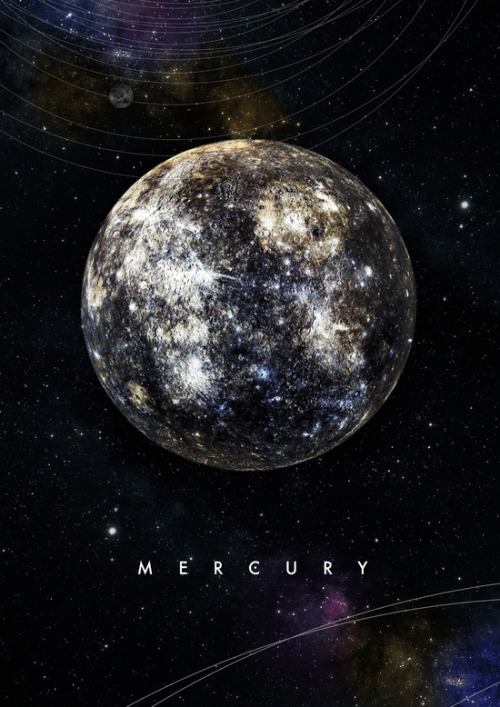
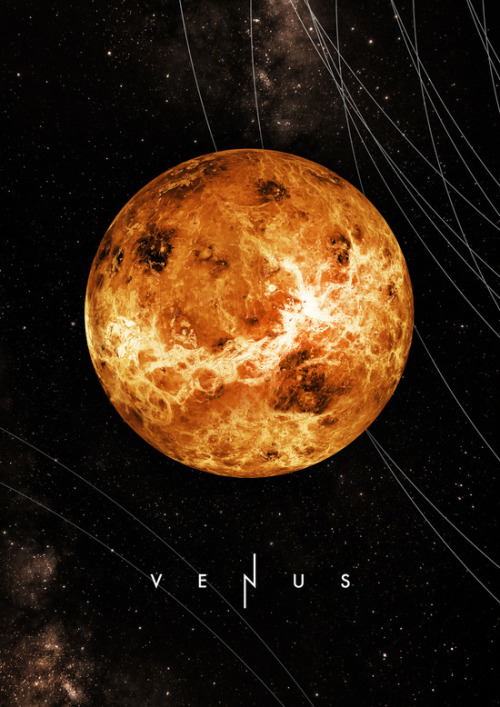
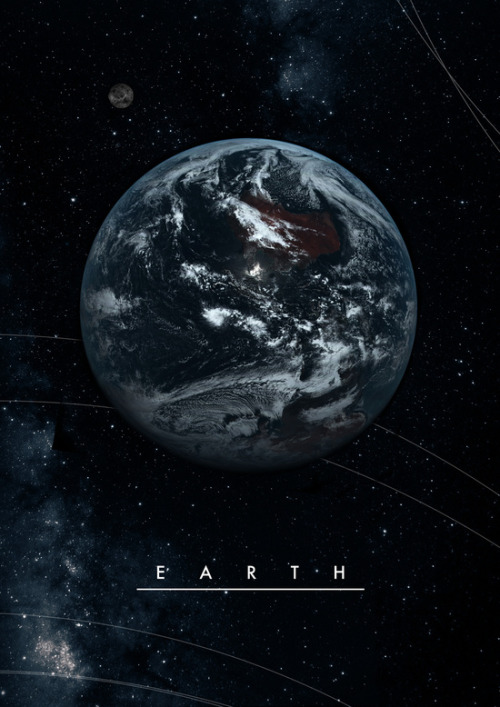
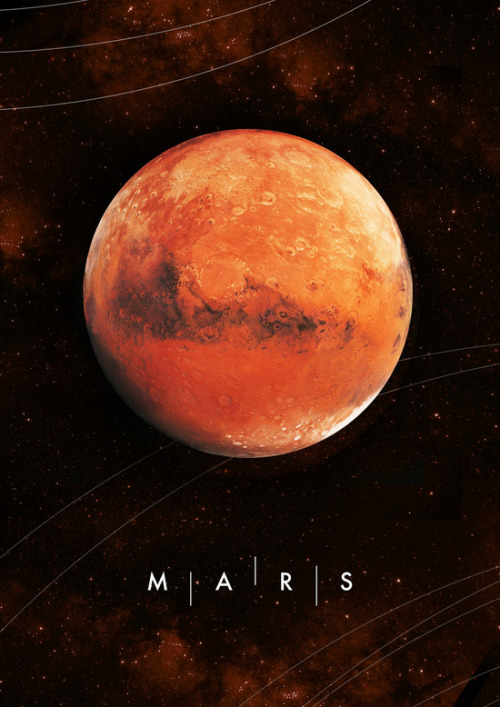
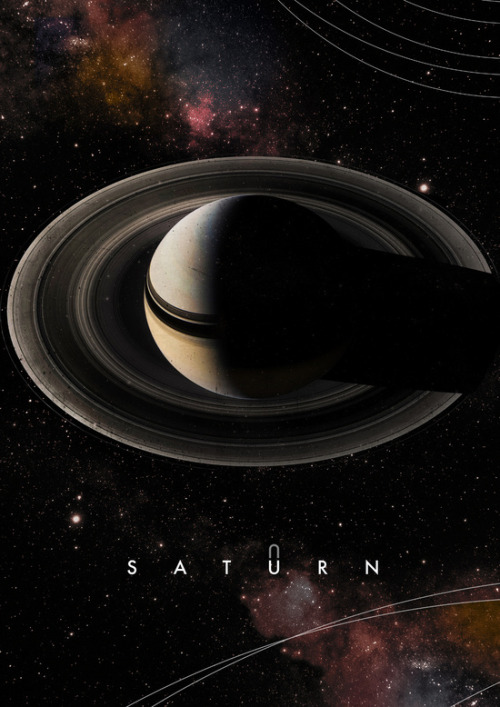
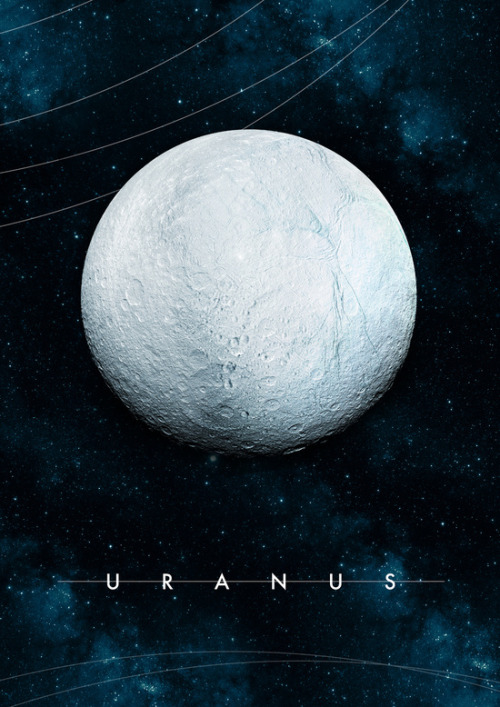
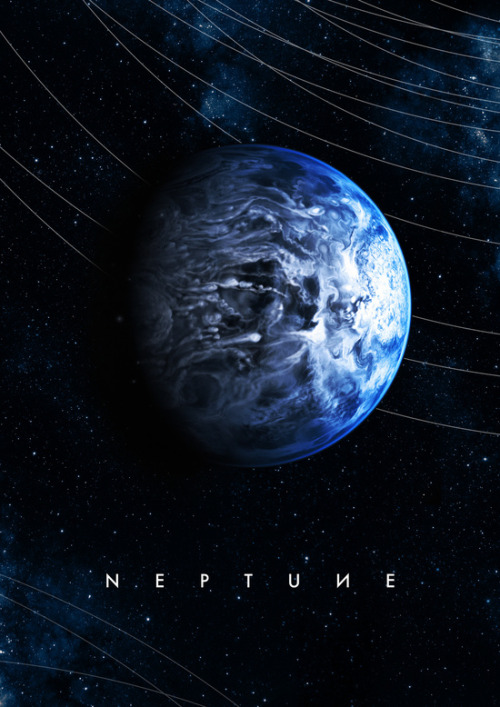
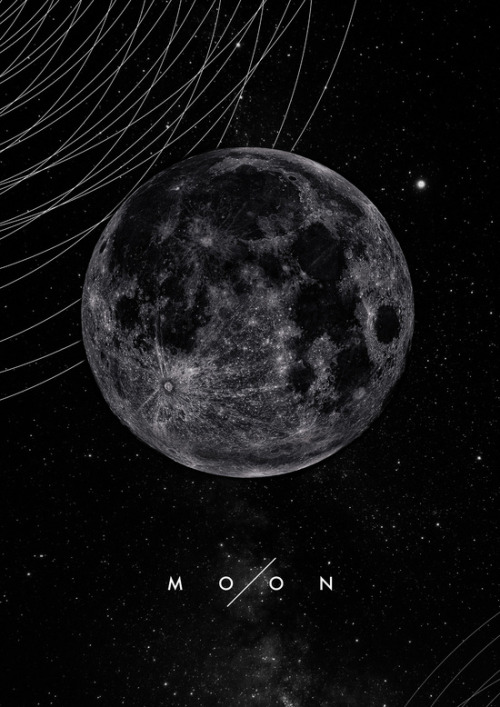
Alexander Pohl

The Belt of Venus is a pink glowing arch seen across the sky when the shadow of the Earth’s translucent atmosphere casts a shadow back upon itself.

The Milky Way Meteor Shower by jeremyjonkman on Flickr.
some of my favourite absolutely SICK facts about the trappist-1 exoplanets: - theyre all very close to one another and to their star, so the length of a year on them varies from 1 to 20 DAYS - since they’re so close, the star appears a lot bigger than our sun from earth, and from one planet you could easily see the rest, some would even appear bigger than the moon from earth. you could literally see the surface of another planet with a naked eye!!! - they’re tidally locked to their star like our moon is locked to earth, meaning only one side of a planet ever faces the star, and on the other side it’s always night. the sun never sets or rises on any of the planets - the star is red, so the sunlight is red/orange, meaning if, for example, plants were to grow there, they could be black and that’s just what we know now, imagine how much cool stuff we have yet to discover about the trappist-1 system
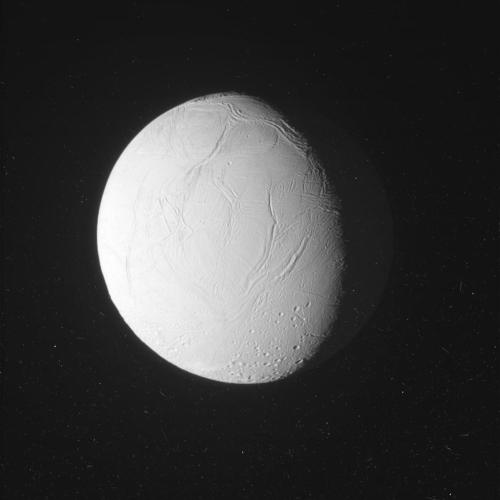
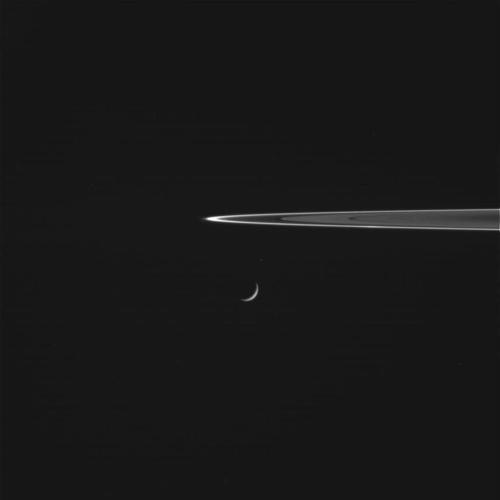

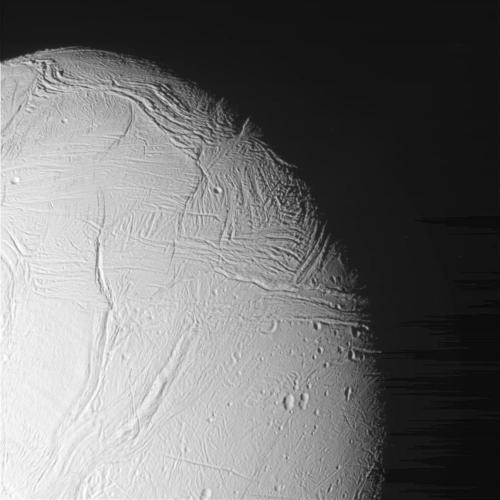
The spacecraft Cassini captured some raw images of the icy Saturn moon, Enceladus from just 30 miles away. The small crescent moon erupted a geyser at its South Pole, backlit plumes filled with salt water and organic compounds. Read full article and view these pictures here.









We’ve always defined ourselves by the ability to overcome the impossible. And we count these moments. These moments when we dare to aim higher, to break barriers, to reach for the stars, to make the unknown known. We count these moments as our proudest achievements. But we lost all that. Or perhaps we’ve just forgotten that we are still pioneers. And we’ve barely begun. And that our greatest accomplishments cannot be behind us, because our destiny lies above us.
Interstellar (2014) dir. Christopher Nolan
The Hubble Space telescope just sent back a new photo of the Twin Jet Nebula. Here’s what it looked like in 1997:

And now …

Whoa. But wait, we also got an updated image of the merging galaxies NGC 6240. What it looked like in 2008:

And today:

Science, you’re the best. Oh, and the explanation behind those merging galaxies and their black holes is wild.
What Happened to Mars?
Billions of years ago, Mars was a very different world. Liquid water flowed in long rivers that emptied into lakes and shallow seas. A thick atmosphere blanketed the planet and kept it warm.

Today, Mars is bitter cold. The Red Planet’s thin and wispy atmosphere provides scant cover for the surface below.

Our MAVEN Mission
The Mars Atmosphere and Volatile EvolutioN (MAVEN) mission is part of our Mars Scout program. This spacecraft launched in November 2013, and is exploring the Red Planet’s upper atmosphere, ionosphere and interactions with the sun and solar wind.

The purpose of the MAVEN mission is to determine the state of the upper atmosphere of Mars, the processes that control it and the overall atmospheric loss that is currently occurring. Specifically, MAVEN is exploring the processes through which the top of the Martian atmosphere can be lost to space. Scientists think that this loss could be important in explaining the changes in the climate of Mars that have occurred over the last four billion years.
New Findings
Today, Nov. 5, we will share new details of key science findings from our ongoing exploration of Mars during a news briefing at 2 p.m. EDT. This event will be broadcast live on NASA Television. Have questions? Use #askNASA during the briefing.
Make sure to follow us on Tumblr for your regular dose of space: http://nasa.tumblr.com
-
 sugarbear2001 liked this · 1 year ago
sugarbear2001 liked this · 1 year ago -
 gooeysewage liked this · 3 years ago
gooeysewage liked this · 3 years ago -
 pastel-mouse-ears reblogged this · 3 years ago
pastel-mouse-ears reblogged this · 3 years ago -
 theblueelfling reblogged this · 3 years ago
theblueelfling reblogged this · 3 years ago -
 roses-and-ships liked this · 3 years ago
roses-and-ships liked this · 3 years ago -
 serino137 liked this · 3 years ago
serino137 liked this · 3 years ago -
 m-o-o-n-f-i-r-e reblogged this · 3 years ago
m-o-o-n-f-i-r-e reblogged this · 3 years ago -
 m-o-o-n-f-i-r-e liked this · 3 years ago
m-o-o-n-f-i-r-e liked this · 3 years ago -
 enemies-to-idiots-to-lovers reblogged this · 3 years ago
enemies-to-idiots-to-lovers reblogged this · 3 years ago -
 enemies-to-idiots-to-lovers liked this · 3 years ago
enemies-to-idiots-to-lovers liked this · 3 years ago -
 kaizoku-musume reblogged this · 4 years ago
kaizoku-musume reblogged this · 4 years ago -
 kaizoku-musume liked this · 4 years ago
kaizoku-musume liked this · 4 years ago -
 24601error-prisonernotfound reblogged this · 4 years ago
24601error-prisonernotfound reblogged this · 4 years ago -
 inot-here liked this · 4 years ago
inot-here liked this · 4 years ago -
 todomoo liked this · 4 years ago
todomoo liked this · 4 years ago -
 addittotheheap reblogged this · 5 years ago
addittotheheap reblogged this · 5 years ago -
 leathrrs liked this · 5 years ago
leathrrs liked this · 5 years ago -
 tayataze-blog liked this · 5 years ago
tayataze-blog liked this · 5 years ago -
 candykitty161 liked this · 5 years ago
candykitty161 liked this · 5 years ago -
 9etheralien liked this · 5 years ago
9etheralien liked this · 5 years ago -
 stylebias liked this · 5 years ago
stylebias liked this · 5 years ago -
 nuckingfutssiren reblogged this · 6 years ago
nuckingfutssiren reblogged this · 6 years ago -
 sosheranaway liked this · 6 years ago
sosheranaway liked this · 6 years ago -
 ohfallingstar reblogged this · 6 years ago
ohfallingstar reblogged this · 6 years ago -
 queen0underland96 liked this · 6 years ago
queen0underland96 liked this · 6 years ago -
 flying----surfingrocket reblogged this · 6 years ago
flying----surfingrocket reblogged this · 6 years ago -
 anerdypanda liked this · 6 years ago
anerdypanda liked this · 6 years ago -
 dawngerdes liked this · 6 years ago
dawngerdes liked this · 6 years ago -
 esztikeh15 liked this · 6 years ago
esztikeh15 liked this · 6 years ago -
 justspacestuffxx reblogged this · 6 years ago
justspacestuffxx reblogged this · 6 years ago -
 artirov liked this · 6 years ago
artirov liked this · 6 years ago -
 left-earbud liked this · 6 years ago
left-earbud liked this · 6 years ago -
 themintjelly reblogged this · 6 years ago
themintjelly reblogged this · 6 years ago -
 themintjelly liked this · 6 years ago
themintjelly liked this · 6 years ago -
 meteorseason liked this · 6 years ago
meteorseason liked this · 6 years ago
"Astronomy compels the soul to look upwards and leads us from this world to another." - Plato
147 posts